|
Member News
| |
Welcome New Members
Grant Kendall Ball
Matthew Birdsell
Michael Boyle
Jill Carlson
Patrick Connaughton
Dylan Hansen
Ian Harris
Omar Hajar
Zach Stewart
Member Achievements
Michael Dutton Commercial Pilot ASEL
Brandon Cheung Private Pilot
Davide Semenzin First solo
|
|
Pop Quiz
A fun monthly
knowledge test.
Editor: Dan Dyer
1. According to the FAA, what is a flight school?- Any place where flight instruction is given
- Any organization certificated under 14 CFR 141
- Any 4-year college or university with an aviation degree
2. How are student pilots allowed to get flight training at a flying club?
- Flying clubs are certificated under 14 CFR Part 61.
- Flying clubs apply for a Waiver of Legality in Instruction from the local FSDO.
- Individual flight instructors are authorized to provide instruction.
3. What characteristic(s) defines a flying club?
-
Club membership, member rental of aircraft for personal flying, and social activities.
-
It must be run by a committee.
- Members must co-own the aircraft in a pooled ownership entity.
(answers are at the bottom)
|
|
Upcoming
SCFC Events and Safety Seminars
| |
Feb 3 (Wed) 7pm
Hazards of Frost and Icing
Feb 10 (Wed) 7pm
|
Upcoming 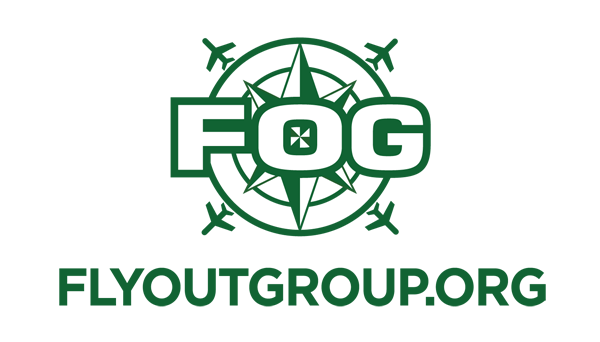
Events & Trips
| |
Feb 27 (Sat)
|
|
The Fleet
| |
C182 - TAA
N123TZ - $228/hr
N182EE - $234/hr
C182 - Analog N9894E - $195/hr
N236SP - $165/hr
N21591 - $165/hr
N996RA - $154/hr
N2370F - $154/hr
C152
N111RK - $125/hr
N530CA - $129/hr
N5369H - $121/hr
N669NE - $125/hr
Piper Warrior N91338 - $139/hr
Piper Saratoga
N349MA - $345/hr
Simulators
(member prices shown)
|
|
Contact Us
| |
Front Desk
(650) 946-1700
795 Skyway Rd, Suite A
San Carlos, CA 94070
|
Stay Informed


|
|
|

|
|
SCFC News
|
Mask-Wearing Now Required on Airport Ramps
Effective February 1st, President Biden and the CDC have announced a federal mask mandate for all locations in a transport hub, such as airports. What does this mean for general aviation pilots? Masks are required indoors, but now this means that wearing a mask outside while on the ramp will be required.
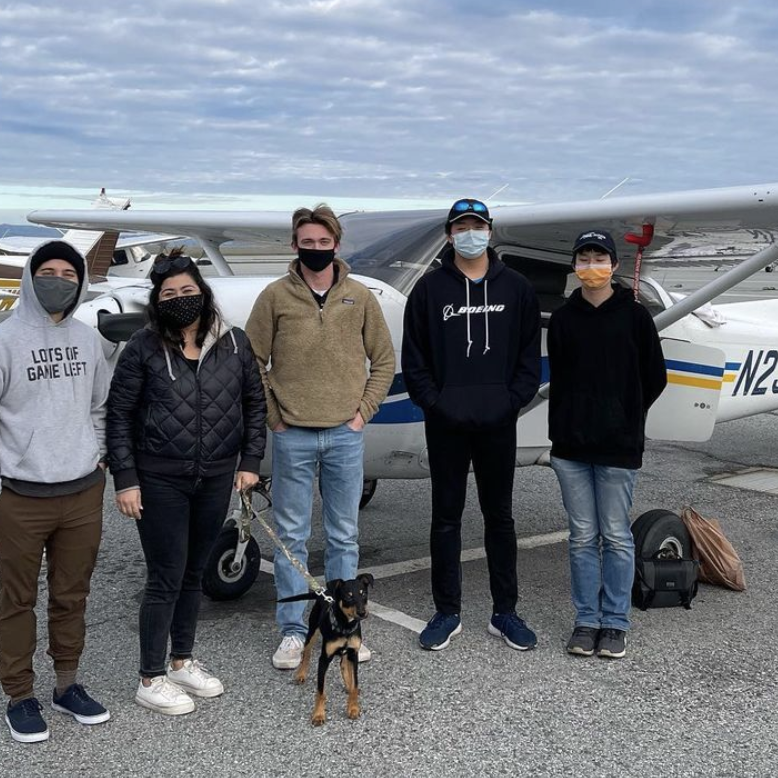 Even though you are outdoors, wearing a mask helps keep our Flight Line team, FBO workers, and aircraft fuelers safe. When arriving at an FBO, many line workers come up to your aircraft door after shutdown to ask what you need. Be prepared by having your mask on, as they will generally have to come close to the open door or window so you can communicate. Even though you are outdoors, wearing a mask helps keep our Flight Line team, FBO workers, and aircraft fuelers safe. When arriving at an FBO, many line workers come up to your aircraft door after shutdown to ask what you need. Be prepared by having your mask on, as they will generally have to come close to the open door or window so you can communicate.
The mandate does not require mask-wearing in a small aircraft if you are flying with members of the same household. However, when you arrive at any airport including back home at San Carlos, have a mask ready for you and your passengers to wear when you are on the ramp. Although inconvenient, the home stretch towards the end of the pandemic is now in sight. Following proper health protocols can keep the aviation community healthy!
|
|
Safety
|
Winter and Winds Across the Runway
Although the Bay Area does not experience brutal cold or massive snow storms like other regions, winter still impacts our flight operations.
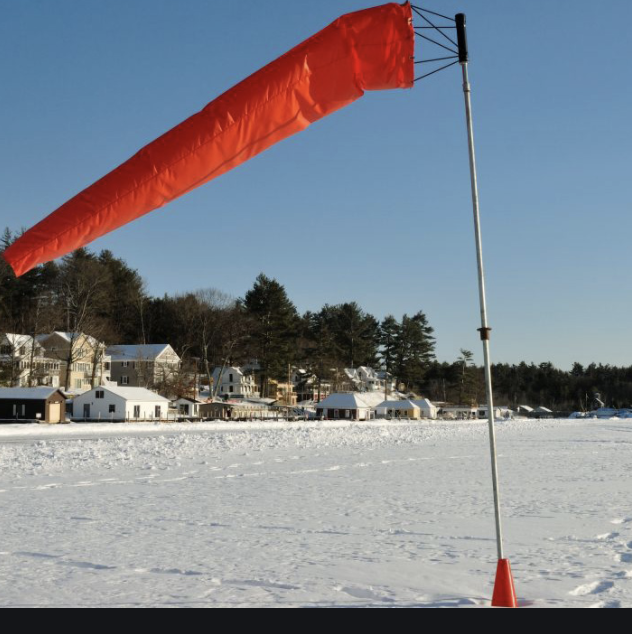 One of these impacts is the change in surface winds from usual summer patterns. As fronts move through the area it is common for the winds to shift from northwest to southeast which means the normal runway operations shift. San Carlos will be using Runway 12 while Palo Alto uses Runway 13. One of these impacts is the change in surface winds from usual summer patterns. As fronts move through the area it is common for the winds to shift from northwest to southeast which means the normal runway operations shift. San Carlos will be using Runway 12 while Palo Alto uses Runway 13.
Before you go out flying on one of these days, think about the changes to procedures that will occur. Arriving to San Carlos from the East and Northeast, expect to enter left base for Runway 12. Departing from Runway 12, expect a Woodside departure rather than a Hillsdale departure. Or a left crosswind departure from Runway 12. Also, follow the noise abatement procedure by turning 20° to heading of 100° when departing Runway 12.
Operations at Hayward can be tricky when they are using Runway 10 left and right. Due to the close proximity of Oaklands class C airspace, almost every landing is the equivalent of a short approach. Palo Alto operations for Runway 13 may involve arrivals over the Dumbarton Bridge for either a right or left base entry to Runway 13. With proper preflight planning you can anticipate these changes from routine operations.
* * * * * * * * * * * * * * * * * * * * * * * * * * * * * *
 Taxiing Low and Slow in the Ramp Area
Now that the club offices are right next to the ramp with our fleet of airplanes, the Chief Pilot Team has more opportunities to observe ground operations. Based on observations over the last few months here are recommendations that every member should follow.
-
Low: Keep power low after start. After engine start make sure you keep RPM below 1000.
-
Slow: When taxiing, power is the primary speed control. Avoid resting feet on the brakes while taxiing since it is all too easy to "ride the brakes" while taxiing.
-
Not slow: Taxi out of the ramp as soon as you can to the runup area where you can complete any flight preparation tasks. Spinning propeller blades don't mix well with people walking around the ramp area.
-
Remember to stop the plane in line with the taxiway centerline. DO NOT SWING THE TAIL before stopping (against club regulations).
* * * * * * * * * * * * * * * * * * * * * * * * * * * * * *
 Keeping General Aviation Secure
Airport security is not just the responsibility of the airport staff. It is a shared responsibility of all airport users. The beginning of the year is a good time to complete a TSA safety training course.
Although it is currently only required of airport staff, it is a good idea to take the training annually. The course reviews actions to take to increase security at your flight school or airport, indicators of suspicious activity, and the TSA's best practices and recommendations for flight school security. You are also encouraged to become familiar with current threats to general aviation security, guidelines, and security measures at your own flight school or airport.
There are several free online courses that provide this training including from AOPA and Gleim.
* * * * * * * * * * * * * * * * * * * * * * * * * * * * * *
Preventive Maintenance at a 50-Hour Service
Did you know pilots can perform the majority of all maintenance items during a 50-hour service? Last year SCFC mechanic Tim Davis presented what items qualify as preventive maintenance to pilots. Now in a follow-up seminar,"Preventive Maintenance at a 50-hour Service", he will provide real world examples in which this maintenance applies.
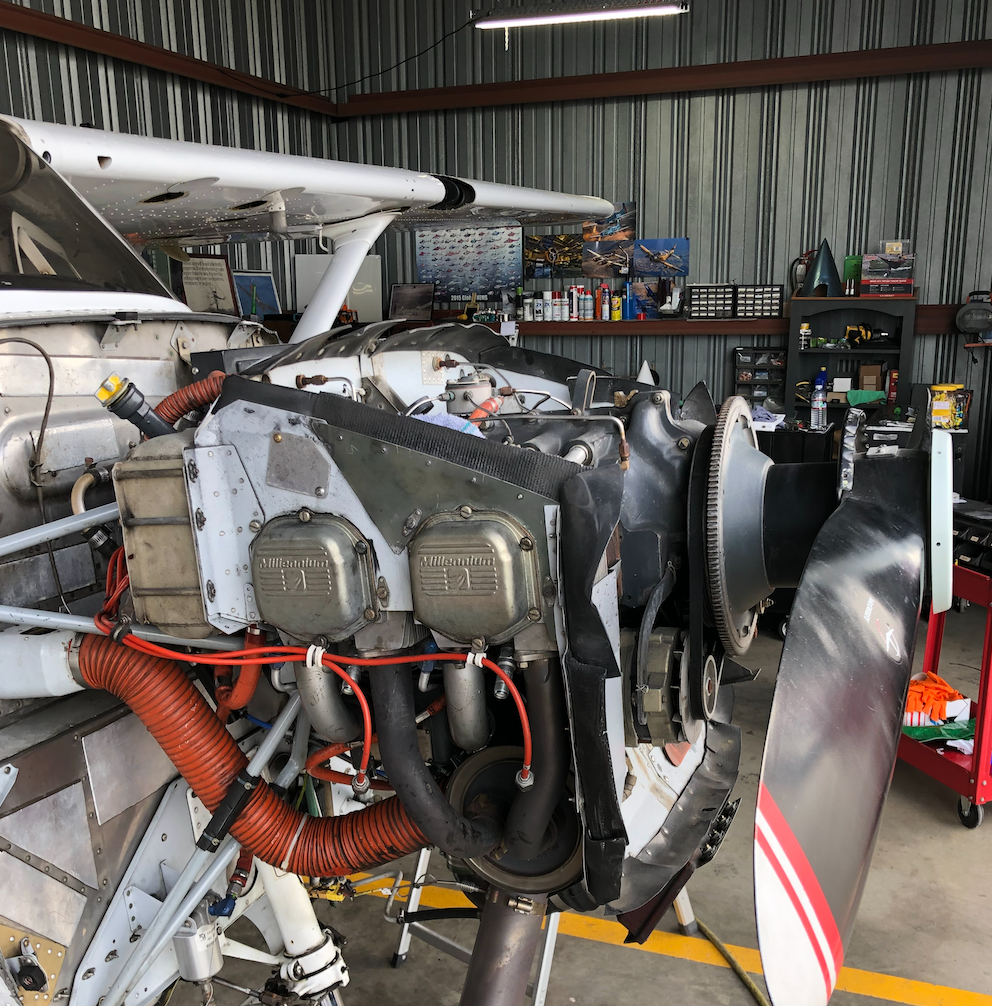 Tim will provide an overview of what takes place in a 50-hour service with emphasis on the tasks pilots could perform such as oil changes, cleaning spark plugs, light bulb replacements, and the lubrication of flight controls. Tim will provide an overview of what takes place in a 50-hour service with emphasis on the tasks pilots could perform such as oil changes, cleaning spark plugs, light bulb replacements, and the lubrication of flight controls.
If you are a pilot interested in expanding your knowledge about maintenance of aircraft, join us for this seminar on Saturday, February 13th at noon.
|
|
Community
|
Member Profile: Davide Semenzin
SCFC: Congratulations on your first solo! When did you start flight training? What got you interested in flight training?
DS: Thank you! I started ground training in January, passed my knowledge test in May and started training in the fall. The pandemic obviously threw a wrench in the plan, but my CFI, Sid Basu, was really great at making things work. I have had the aviation bug since I was a kid (my dad is an avid hang-glider).
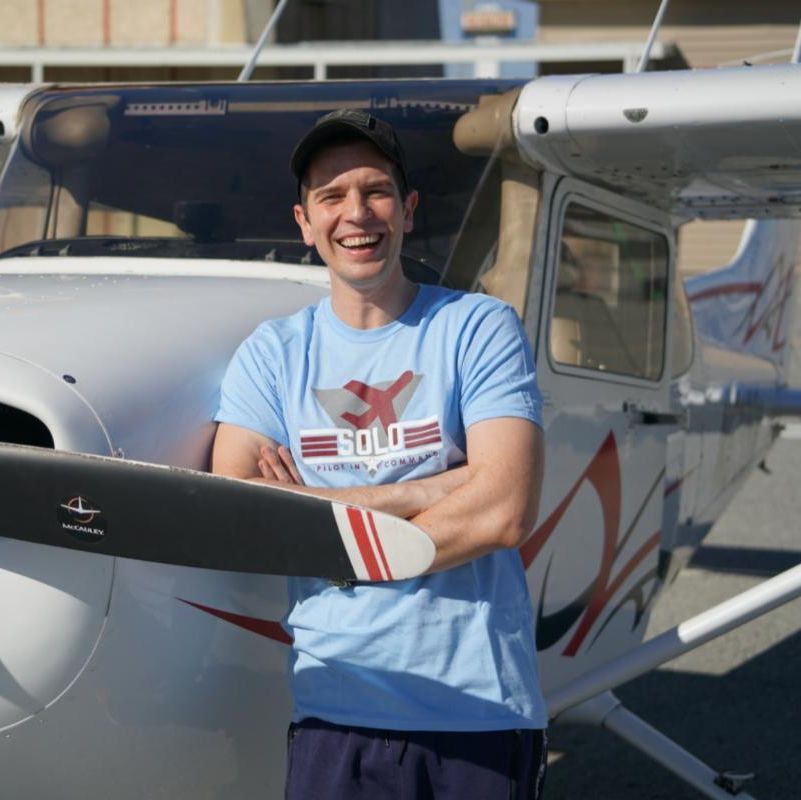 SCFC: You have a friend who is also doing flight training. How does sharing flight lessons work? SCFC: You have a friend who is also doing flight training. How does sharing flight lessons work?
DS: My friend John was the catalyst to actually do this, and he makes training so much better! During lessons, I sit backseat when he flies and then we swap. This doubles our airplane exposure time, and allows us to learn from each other's mistakes. Plus, we always have someone to talk to about the events of the day.
SCFC: What do you do with the rest of your life when you are not flying?DS: I am an engineer at AWS and generally a big nerd. I like lasers, biking around the city, books, and (pandemic permitting) traveling.
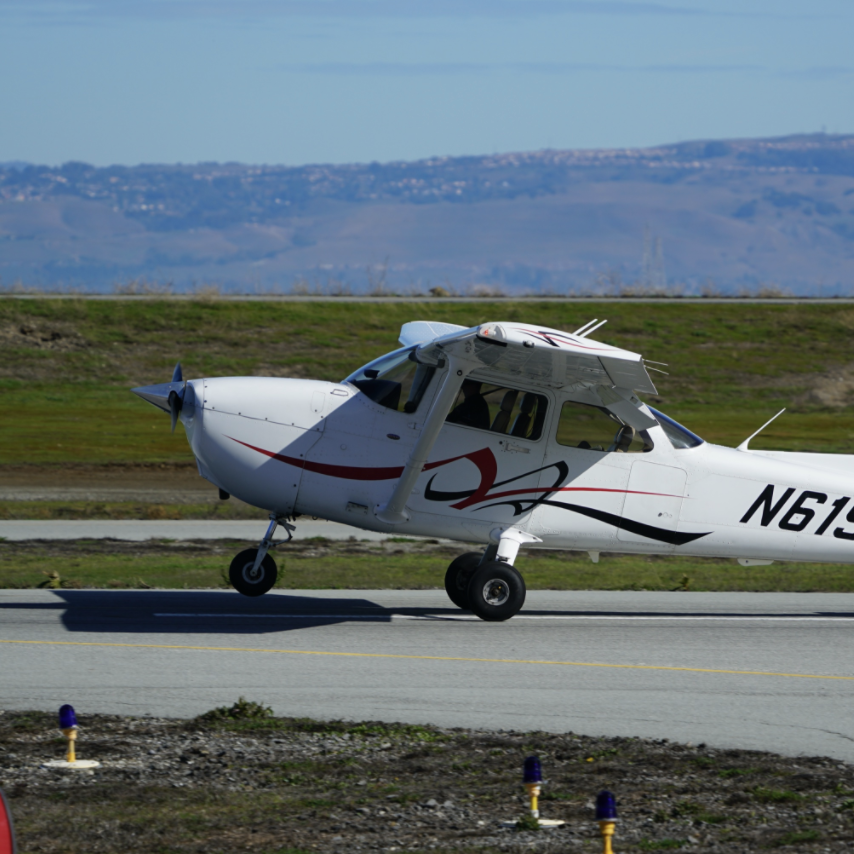 SCFC: What was your biggest challenge along the path to solo? SCFC: What was your biggest challenge along the path to solo?
DS: Probably learning how to land in a crosswind!
SCFC: What flying destinations do you plan to visit after your checkride?
DS: I have a weird fascination with Tracy, so that will be my first flight for sure. Harris Ranch is pretty high on my list. I love California and I want to visit every airport I can. Sedona and the Grand Canyon are life-long dreams of mine.
* * * * * * * * * * * * * * * * * * * * * * * * * * * * * *
Fundraising Season Opens for Upwind 2021
Each year, the pilots of San Carlos Airport come together to help young adults start off on a lifetime of aviation adventures, through the Upwind Summer Scholarship Program.
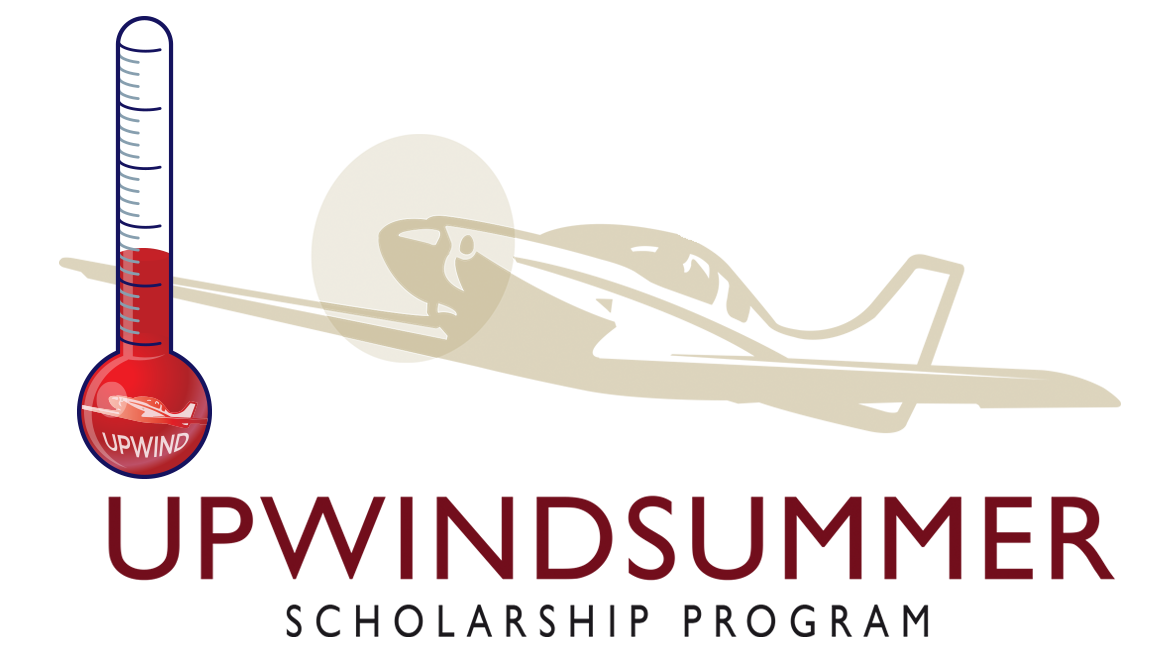 During the month of February and March fundraising for Upwind is taking place. The goal for 2021 is $55,000. We hope you will join us in supporting this great program. Without the generous donations from members like you the Upwind Summer Scholarship Program wouldn't exist. Online donations can be made here. Stay tuned for the unveiling of this years online auction where you will find great items to bid on. During the month of February and March fundraising for Upwind is taking place. The goal for 2021 is $55,000. We hope you will join us in supporting this great program. Without the generous donations from members like you the Upwind Summer Scholarship Program wouldn't exist. Online donations can be made here. Stay tuned for the unveiling of this years online auction where you will find great items to bid on.
* * * * * * * * * * * * * * * * * * * * * * * * * * * * * *
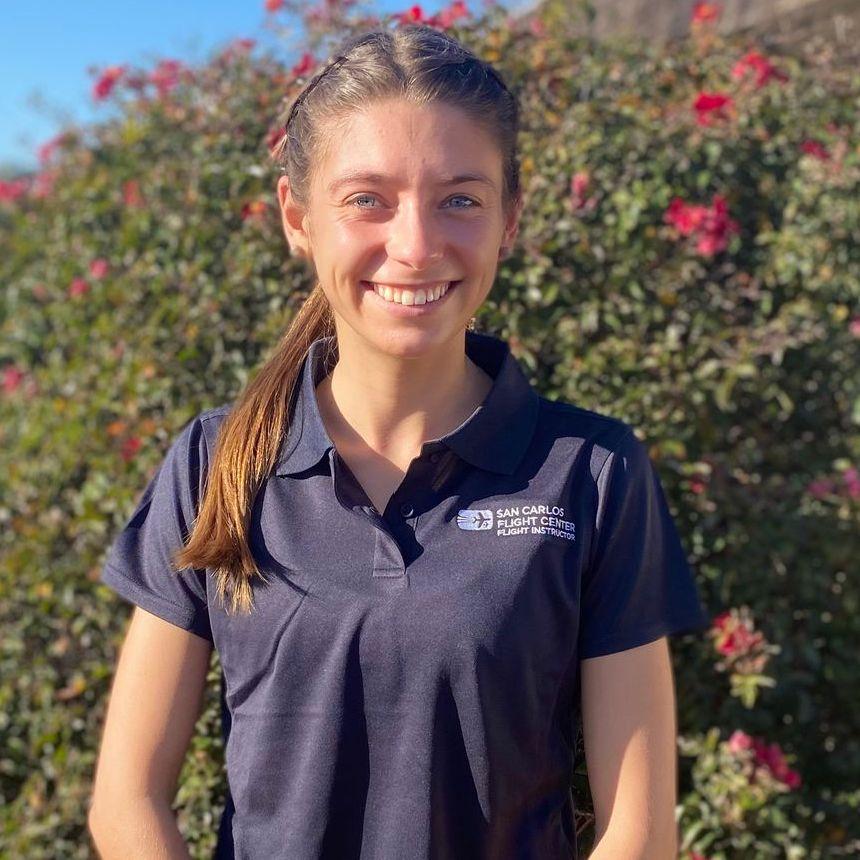 Welcome CFI Sydney Rapp Welcome CFI Sydney Rapp
Last month, SCFC welcomed Sydney Rapp to the ranks of instructors as we are continuing to see an increased demand for flight training. Sydney attended Saint Louis University where she earned her B.S. in Aeronautics and became a CFI/CFII/MEI during her senior year of college. She has two years of teaching in the Saint Louis and Dallas/Fort Worth areas and now is coming out to sunny California. You can reach out to her for a flight review or work on some aspect of piloting at [email protected] .
SCFC is always looking for great instructors, but we tend to be very selective. Choosing the right people is one way that the Flight Center keeps its focus on Safety, Community, and Adventure
|
|
Adventure
|
Airport of the Month - Paso Robles (KPRB)
This month's airport is Paso Robles, which is located about an hour South of the Bay Area on the central California coast. With multiple long runways, it is a great non-towered airport to practice both VFR and IFR procedures. There is also a restaurant in the terminal building, as well as the Estrella Warbird Museum, making this a great airport for a day trip. Whether you are en-route to Southern California or just need to build some cross-country flight time, Paso Robles is a great airport to stop at.
* * * * * * * * * * * * * * * * * * * * * * * * * * * * * *
February Flight Challenge - Snow Command

Winter is here, and with it, the snow has fallen around the state. The Bay Area does not see lots of snow, but the mountains to the East and North certainly do. This month's challenge is to fly to an airport with snow and construct a snowman nearby. If you do not feel comfortable flying in the mountains, talk to your favorite flight instructor to schedule a mountain checkout. You'll find that flying to the Sierras or Cascades is a lot quicker than you think.
* * * * * * * * * * * * * * * * * * * * * * * * * * * * * *
 Full-Moon Flyers Modesto Full-Moon Flyers Modesto
Sat, Feb 27
COVID is at the peak but we can still maintain our night currency by flying to Modesto (KMOD) during February's full moon on the 27th. The central valley is beautiful at night and the folks at Modesto friendly. Also it's a great training place for IFR pilots as well as VFR training for the monthly breakfast outings when they return.
|
|
|
|
|